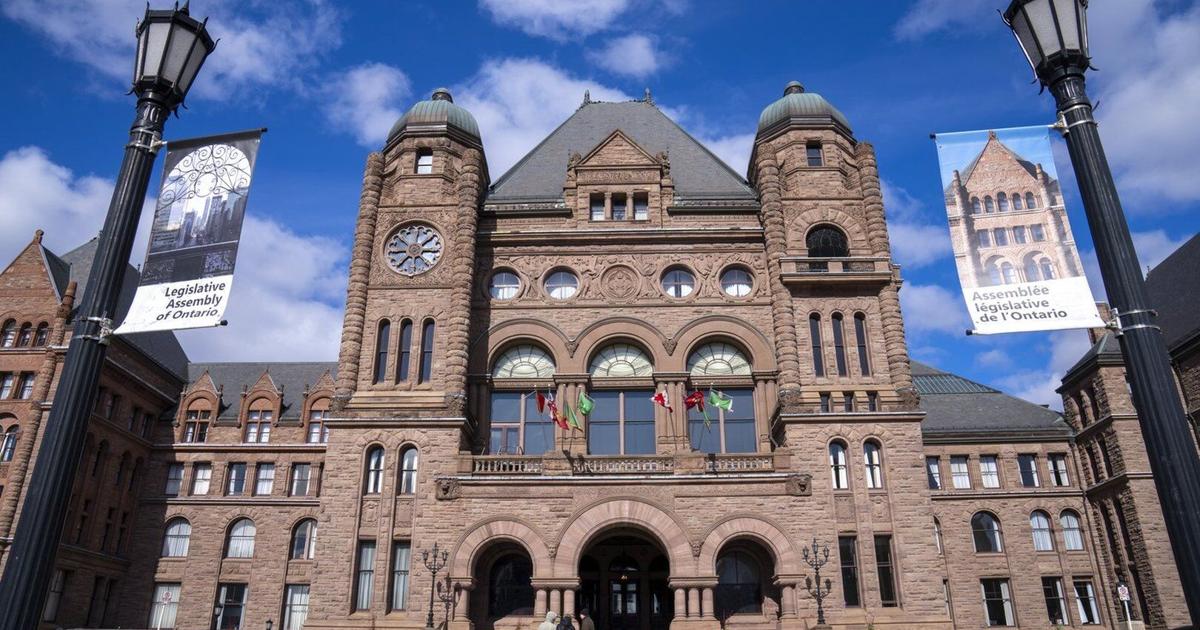First-time homebuyers of newly built homes could get a sizable tax cut.
Prices for newly built homes skyrocketed during the pandemic and, despite record-low sales, they still sit around $1 million on average for a GTA condo and around $1.53 million for a single-family home as of April.
On May 27, the federal government tabled legislative proposals to introduce a new goods and services tax (GST) rebate for first-time homebuyers by eliminating the five per cent GST from the purchase of select new homes, to combat the affordability challenges in the new-build sector and stimulate more sales.
The Star spoke to experts about who is eligible, how much home purchasers can save, and whether it can make housing more affordable.
How does GST work in new homes?
The GST is “a value added tax for every business who is providing goods or services in Canada,” and the tax is incurred at every stage of the homebuilding process, said David Rotfleisch, founding partner of Toronto-based tax law firm, Taxpage.
When a builder hires subcontractors — such as electricians, plumbers — those subcontractors must pay GST for every item bought. They in turn charge the builder GST for their services and products used, Rotfleisch said. The builder is already able to apply for an input tax credit, compensating them for all of the GST paid in the process of building a home.
Consumers, then pay GST when they buy the home, the cost of which may be baked into the final price tag, or shown as a separate charge.
Now that there’s a five per cent GST elimination for homes of up to $1 million it can save the consumer $50,000, which is “significant savings for anyone,” Rotfleisch said.
How much can you save?
The federal government is eliminating the GST for first-time homebuyers on new homes up to $1 million, or a 100-per-cent GST rebate, saving the consumer around $50,000. Then, for new homes between $1 million and $1.5 million the GST will be reduced for first-time homebuyers in a phased-out approach (meaning the more the home costs, the less tax savings for the consumer).
For example, under the phaseout, a home valued at $1.25 million would be eligible for a 50 per cent GST rebate, or a rebate of up to $25,000.
Who is eligible?
There are certain requirements to be eligible for the tax cut.
You must be a Canadian citizen or permanent resident, at least 18 years of age, and not have lived in a home (in or outside of Canada) that you owned, or that your spouse or common-law partner owned, in the calendar year or in the four preceding calendar years.
The purchaser must also be either buying a new home from a builder, a home that you have built or hired someone else to build on land you own or lease, or if you’re buying shares of a co-operative housing corporation.
“It’s targeting a small group of people, but it’s helping those who need it the most,” said Ian Calvert, vice-president and principal at Toronto-based HighView Financial Group. “And it must be for someone’s primary residence.”
To claim the rebate, appropriate documentation showing eligibility must be provided when filing taxes.
“You need proof of documentation when filing for your income tax, and it may be subject to an audit, which could delay or deny the claim,” Calvert said. “It’s important to have all the documentation to ensure you’re eligible and Canada Revenue Agency may see a delay of up to six months before you get the money back.”
Will it make housing more affordable?
Housing experts have debated whether this rebate program will make housing more affordable.
While it may not see the price of homes go down, it’s still “meaningful savings” for first-time homebuyers who need the most assistance when purchasing, Calvert said.
At the end of the day, if you can afford a $1-million home with a down payment saved up, Rotfleisch isn’t sure the $50,000 will be a “deal maker or breaker.”
“But the federal government has a history of offering tax incentives to stimulate the housing sector because it’s vital to the health of the economy,” Rotfleisch added.



